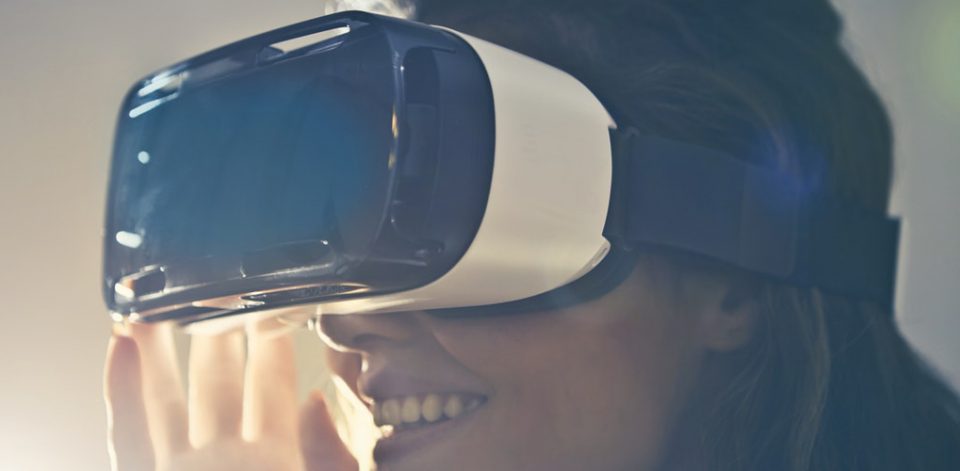
By Thomas Garbelotti on October 3, 2019
Over the past few terms, we’ve been fortunate enough to work with and support instructors as they create non-traditional assignments in their classes. Despite some of the challenges that may arise with a technical implementation, both direct student feedback and observation indicate these may have a longer lasting impact on students than more traditional writing assignments.
This doesn’t mean that these projects exclude critical elements of a traditional exercise. With consideration and careful scaffolding, instructors can not only retain the writing element, but also incorporate other aspects such as student presentations.
We’re happy to help foster these activities in your class, and can provide design resources, equipment, in-class training, and physical space (such as Studio H) to help make them successful. Contact us at ritc@humnet.ucla.edu if you’d like to see samples, or discuss any of these opportunities!
Video Projects
![]() Video projects, where students either create their own materials, or leverage existing clips, can be an excellent way for students to share their thoughts and ideas creatively in a visual medium.
Video projects, where students either create their own materials, or leverage existing clips, can be an excellent way for students to share their thoughts and ideas creatively in a visual medium.
This does require some technical skills (such as editing and filming), but with a little planning and training, it can produce amazing results. Through in-class training and support, and careful design of the activity, video projects are manageable within the course of the 10-week quarter.
Video projects can include a research element, multiple writing elements (script, storyboard), presentation, and provide an opportunity for group work.
Podcasting
![]() As an audio only format, podcasting removes some of the technical challenges that video brings to the table, but still provides an alternative medium and format for students to use their own voices (literally!) and through interviews, to engage in dialogue with others.
As an audio only format, podcasting removes some of the technical challenges that video brings to the table, but still provides an alternative medium and format for students to use their own voices (literally!) and through interviews, to engage in dialogue with others.
While this does require some light technical skills (such as editing), it can be easily integrated as part of a 10-week course.
Podcasting can include a research element, writing elements (script, interview questions), presentation(s), and an opportunity for group work.
Virtual Reality (VR)
![]() VR offers a new and exciting way for students to experience things in a uniquely 21st Century fashion. Having invested in some startup equipment to build a VR cart, we are currently exploring how VR can be incorporated meaningfully into the classroom.
VR offers a new and exciting way for students to experience things in a uniquely 21st Century fashion. Having invested in some startup equipment to build a VR cart, we are currently exploring how VR can be incorporated meaningfully into the classroom.
For example, beginning with a basic language class, students can provide a “first hand” tour of a cultural site (using Google Earth VR) that is recorded and shared with the class. This would provide a research element, writing element, as well as demonstrate speaking and listening competencies.
Another possible activity is a virtual scavenger hunt, where students team up, and have one student in the VR environment looking for a location, while their group members provide clues using only the target language or content-based “clues”.
While there is currently limited content and access to a VR station, we’re interested in partnering with interested instructors to explore the future of VR, and measure its instructional efficacy. If you are too, let us know!
Main photo (entitled beautiful-facial-expression-female-834949) used courtesy of bruce mars from Pexels. Image cropped for content.
